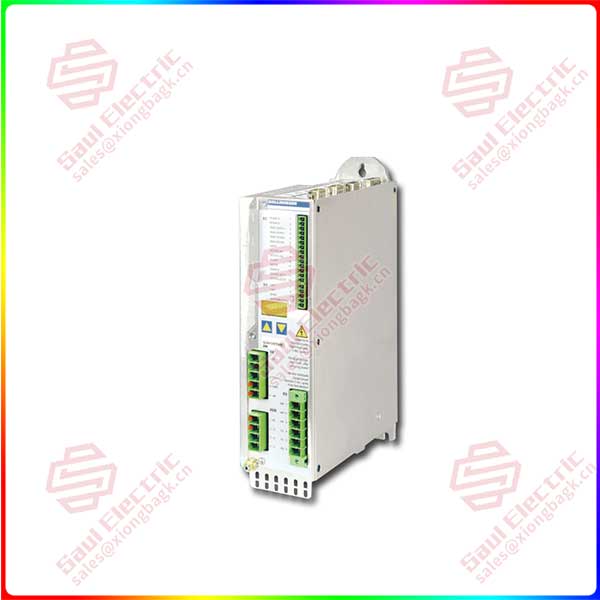In recent years, with the continuous development of information technologies such as artificial intelligence, 5G, and the Internet of Things, it is difficult to solve the low-latency, localized, high-frequency computing needs of enterprises by relying only on the traditional centralized cloud computing architecture, while edge computing technology transfers server processing to the position as close as possible to the end user, which is crucial to the computing of the digital ecosystem.
The edge server is physically located at the edge of the infrastructure and system, integrates the edge side computing, storage, and network capabilities, and can provide edge intelligent services near the data generation end to meet the key needs of users and industry digitalization such as agile link, real-time business, intelligent application, and data security, and is favored by many enterprises. This drives the market application demand of edge server.
Edge servers are sandwiched between the cloud and edge devices, bringing storage to where the data actually occurs, providing edge applications with higher computing performance and faster completion of requests, enabling better data control and lower costs. At the same time, it also brings more challenges.
First of all, many industries in China are accelerating the intelligent transformation, these complex scenarios need to use edge servers as the carrier, intelligent real-time data processing, so as to achieve management optimization, edge computing storage performance requirements are extremely high.
Secondly, the edge server is often run in the edge environment, its working environment is harsh, often need to withstand extreme temperature and humidity, pollutants, humidity and other harsh environment. In such an environment, the requirements for the weather resistance of the SSD are extremely high.
Third, the edge server is often deployed in a specific location, need to be used for several years, its application is extremely critical, geographical dispersion also leads to high maintenance costs, which requires the edge server used by the solid state drive with high reliability and durability, thereby reducing after-sales maintenance costs.

S70601-SE
The application of the above edge server has the requirements of high performance and high reliability of enterprise-level solid state drives, as well as the requirements of resistant to harsh application environments, high reliability and high durability, which is the composite demand of industrial-grade solid state drives and enterprise-level solid state drives.
In the face of the complex demand of edge servers for data storage, Komai actively layout edge computing server applications, relying on independent research and development capabilities, product rigorous testing capabilities, and 7 years of product experience in the field of edge server applications, launched a new industrial standard enterprise series solid state drive (SSD) for edge servers, to help customers solve the storage needs of edge devices. Prepare for the future of edge computing. The main products include:
1) 2.5″ SATA: Pluto SWE 525EN series
2) mSATA series: Pluto NWE 516EN series (available in RAID0 and RAID5 versions)
With SATA III interface, the operating temperature can reach wide temperature (-40℃~+85℃), erase life of up to 7000PE, with fast speed, stable speed, long life and high reliability, we use reliable industrial storage standards to enable a new generation of industrial SSDS in edge computing applications.
With the rapid development of digital economy, edge computing is facing new opportunities and challenges. As an important part of edge server, solid-state drive provides powerful data storage support. Based on the insight into the trend of the edge equipment industry and the research on the needs of end users, the industrial control enterprise-level edge server SSD released by Kemi combines the characteristics of industrial grade SSD and server SSD, and can be applied to various edge equipment use scenarios such as rail transportation, communication, energy, monitoring, and power grid.
At present, the Pluto SWE 525EN series, Pluto NWE 516EN series (RAID0 version) and Pluto NWE 516EN series (RAID5 version) SSDS designed for edge computing have been officially launched. In the future, reliable SSDS will also be optimized for a variety of edge device usage scenarios that may exist.
 1 Year Warranty
1 Year Warranty





